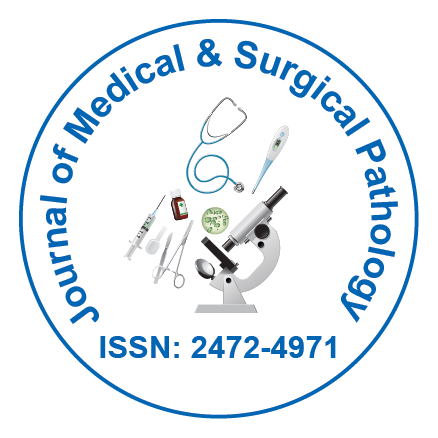
Surgical Pathology Levels Are Determined By Level v will be used to accommodate specimens of greater complexity. Level 1 is the most common, while level 5 is the least common. Each specimen’s average pathologist work is used to calculate its complexity level, and the pre-listed specimens are placed under this level. Pathology Levels: Surgical Specimens Are Not All Created EqualĪ patient’s surgical pathology level is determined by the complexity of the specimen’s placement in a pre-defined classification scheme. There are generally four levels of surgical pathology: gross, histologic, immunohistochemical, and molecular. This type of pathology is important because it can aid in the diagnosis of illnesses and deaths.
#Surgical pathology professional#
The Group P5 of tissue pathology examines complex biopsy material that contains one or more tissue blocks, including specimen dissection, tissue processing, staining, light microscopy, and professional opinion or opinion. The study of disease molecular causes is known as molecular pathology. In addition to biopsy material, a deceased patient’s cause of death is investigated. The study of disease symptoms and signs is the scientific explanation of clinical pathology.

In addition to examining biopsy material, this procedure can determine the cause of the patient’s illness. The study of the structure and function of organs, tissues, and systems is referred to as anatomic pathology. Pathology tests are used to examine tissues and organs to determine the cause of a disease or to determine the extent of a disease. A pathology test level 4 is a type of pathology testing that is used to diagnose and treat diseases.


 0 kommentar(er)
0 kommentar(er)
